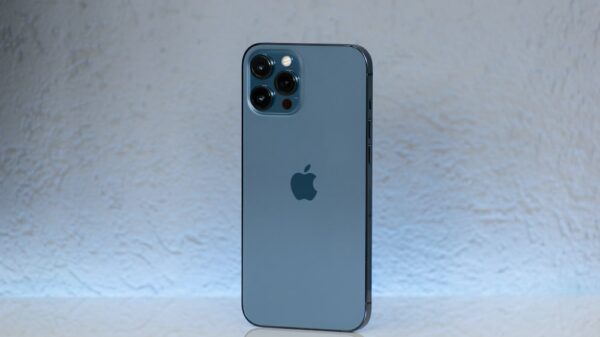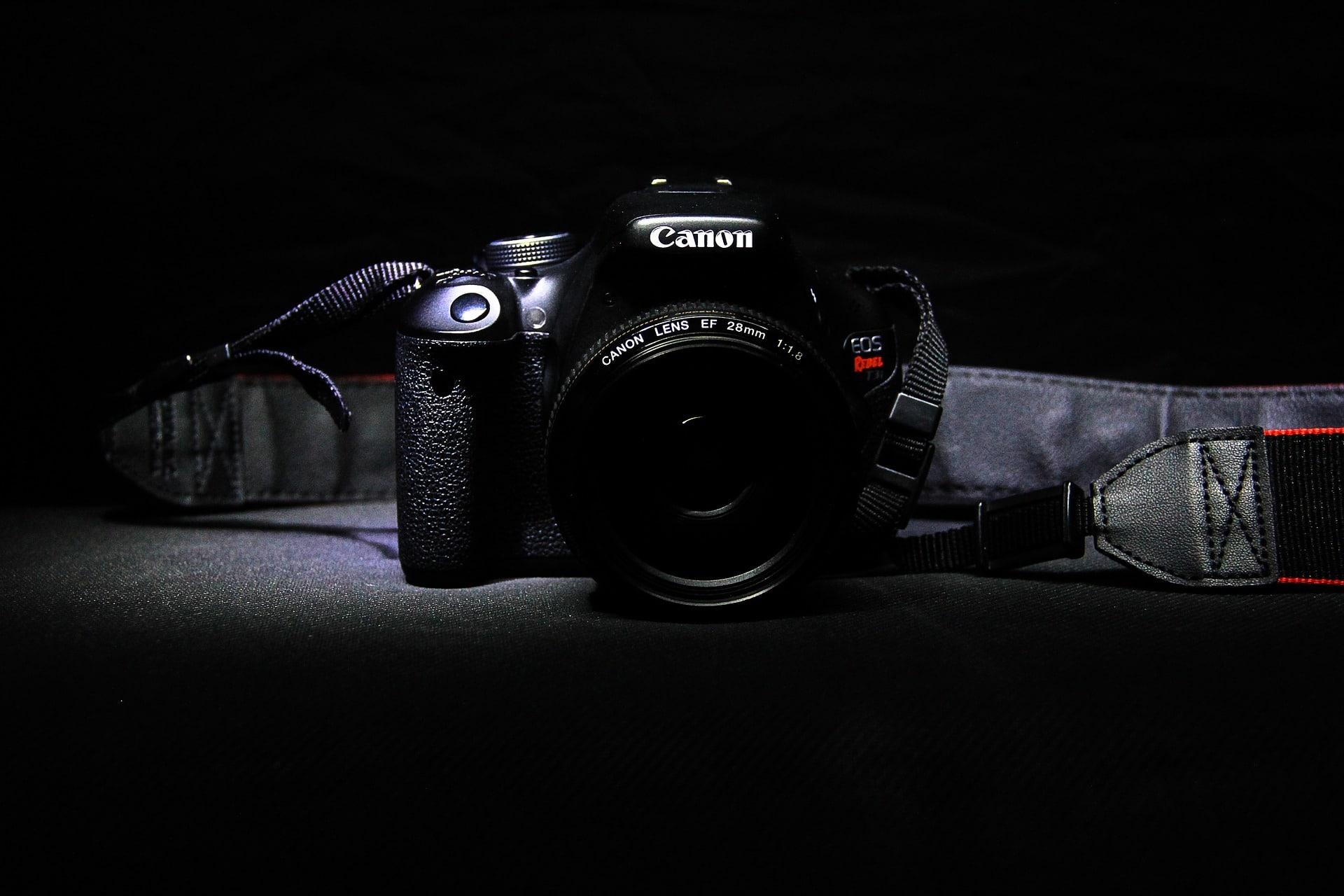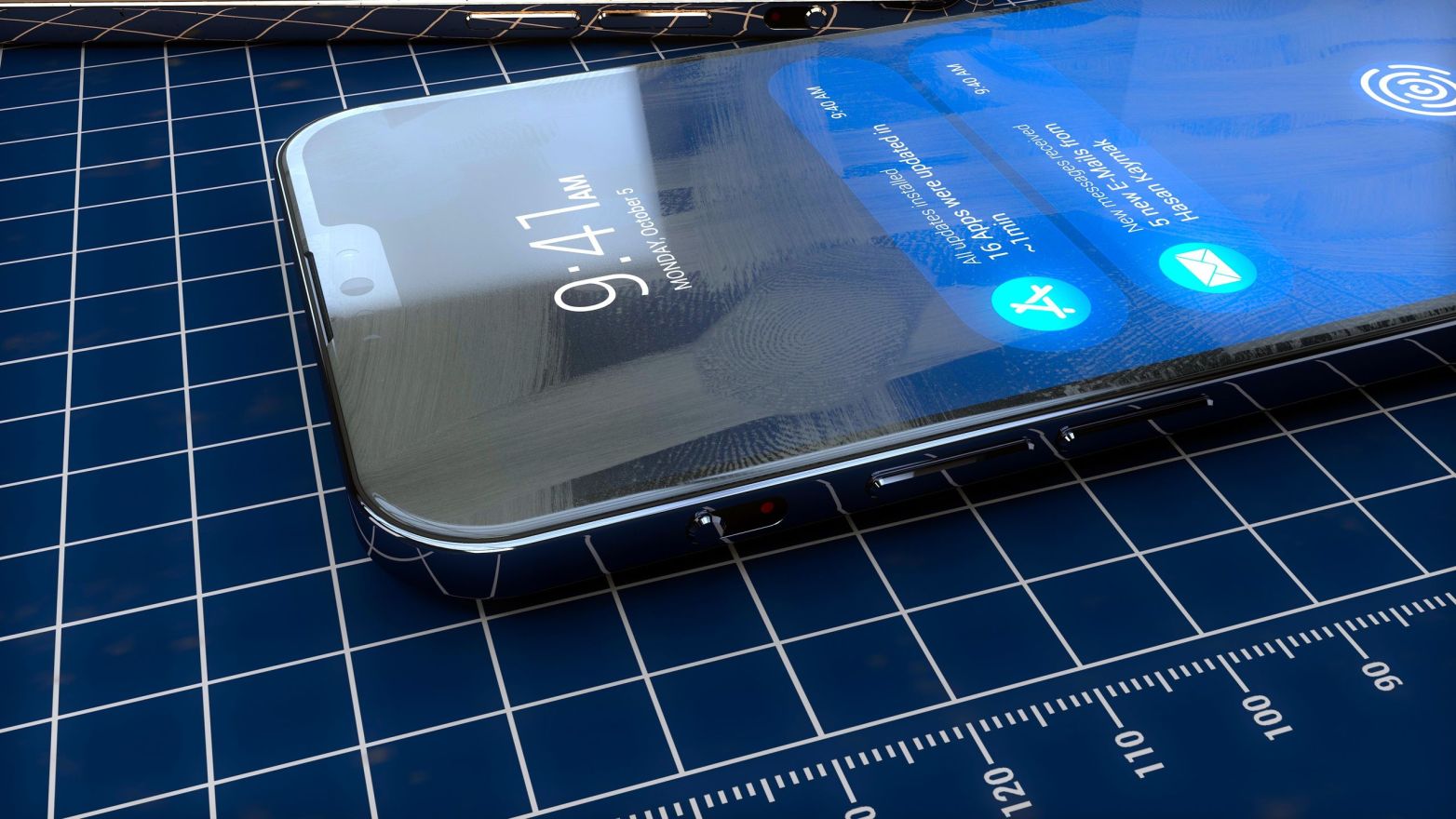Various factors go into the purchase of a mobile phone. We often look for various functionalities including video file supports, sturdy body, maximum screen display and the camera’s megapixel. Talking about the megapixel, there is an obvious desire to have a phone that boasts of the best one possible. Indeed, cell phone manufacturers are luring buyers by increasing their mobile phones’ megapixels based on the premises that a lot of people believe that a higher equals a better camera quality. Unfortunately, that is not always the case. There is more to picture quality than just megapixel.
For example, in a recent study, the Samsung Focus’ (original) image taken out of its 5 megapixel was great. On the other hand, Motorola Droid Razr, which boasted of 8 Megapixel, took pictures, which were disappointing. Moreover, the iPhone 4 from Apple which has a 5 megapixel came out with better pictures in comparison to some 8 megapixel cameras. Therefore, we examine the light sensor and image processor as additional factors that are actually useful in creating astounding images on cell phones?
Light Sensor:
The light sensor is similar to the film of conventional photography. Light falls on it and image is created. The size of the sensor matters as bigger sensors can take in more light. Pixel and light sensors are both essential to make a perfect image.
Mobile manufacturers in their race for gaining attention through megapixels cram smaller light sensors with higher number of megapixels. Therefore, when you take a picture, although the required amount of light may enter, the small size of the light sensor means that processing often lacks quality. This inadvertently affects the image quality.
This limitation is often as a result of structural reasons. In a slim mobile phone, only smaller light sensors can be used. Increasing light sensors would literally result in further thickness of mobile phones. Naturally, customers may dislike such thicker mobile phones. Therefore, manufacturers are expected to continue to cram light sensors with high megapixels.
Image Processor:
Th image processor, as the name implies is responsible for processing the images. This is where the software, which binds these elements, comes into play. For a high-quality image to be processed, it is vital that the image processor function at high capacity. Consequently, the time lapse between capturing and image processing falls within the responsibility of image processor. As a result, the importance of the image processor cannot be underestimated.
Overall, this article shows you that you cannot rely on a phones megapixels only. Light sensors and image processors are other important factors that play a vital role in producing high quality images.
John is the editor and WordPress developer at eyeforweb.com. He is passionate about Internet Marketing and SEO. Furthermore, he is also known for his passion in web designing.

3 Comments
Leave a Reply
Cancel reply
Leave a Reply
This site uses Akismet to reduce spam. Learn how your comment data is processed.





















































































































































































daniella
January 17, 2013 at 5:53 pm
“Overall, this article shows you that you cannot rely on a phones megapixels only. Light sensors and image processors are other important factors that play a vital role in producing high quality images.” Well said, i have to agree 100%.
Coco
April 5, 2013 at 9:36 am
Thank you for the excellent article!
Coco
April 5, 2013 at 9:37 am
Thank you very much for such a great and useful article.